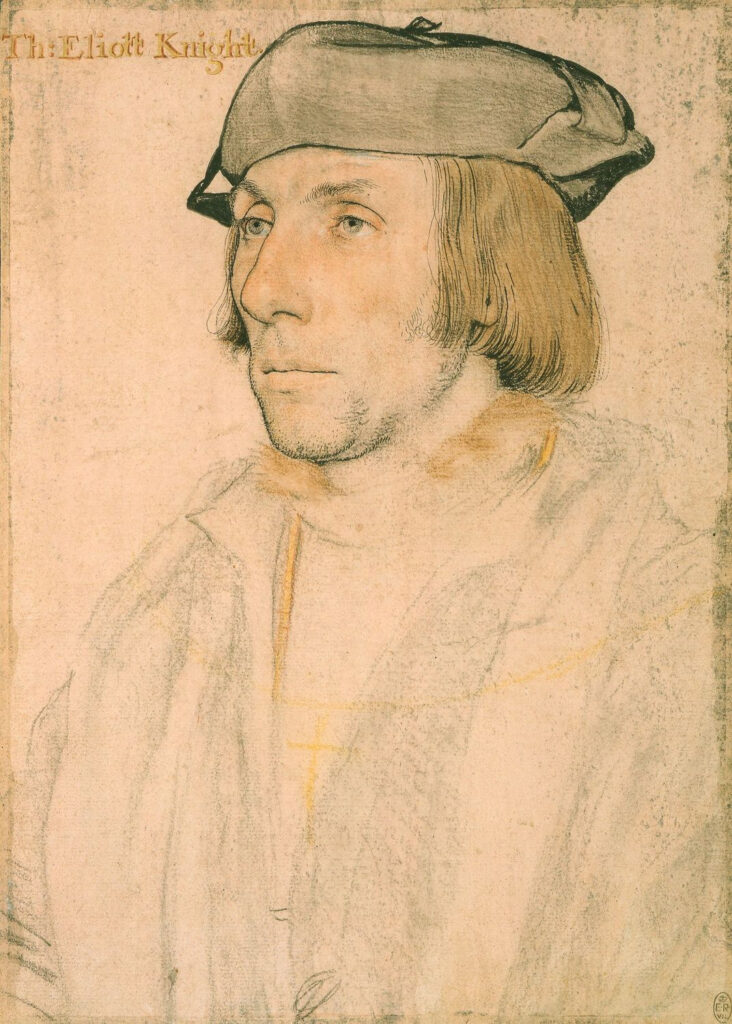
I’m certain that as soon as I publish this, one of my pals is going to say, “but what about ___? You love his work!” But here’s my list of the top ten painters of all time, in date order.
The ‘ten’ thing is a joke, of course. This is after I weeded it down to 33.
Jan van Eyck (1390-1441). If he’d never painted anything but the Ghent Altarpiece and the The Arnolfini Portrait, he’d still rank in the top tier of art history.
Albrecht Dürer (1471-1528). His engravings and woodcuts dazzle with their perspective, complexity, delicacy and religious sensibility.
Hans Holbein the Younger (1497-1543). If you love Tudor history, you’ll love Holbein. Not only did he paint the definitive portraits of Henry VIII and his movers and shakers, his painting of Anne of Cleves changed the course of history.
Pieter Bruegel the Elder (1528-1569). He taught me the difference between subject and focal point in a painting.
Bronzino, (1503-1572). I’m not sure which I like more, his treatment of fabric or the arrogance of his models.
Michelangelo Merisi da Caravaggio (1571-1610). Yeah, he’s the best of the Baroque tenebrists, but it’s the gritty realism of his religious paintings that slays me.
Sir Peter Paul Rubens (1577-1640). Everyone carries on about his plump women, but I think his action paintings are the forerunner of modern comic books.
Diego Velázquez (1599-1660). Tenebrism with a saturnine Spanish twist, and oh, so human.
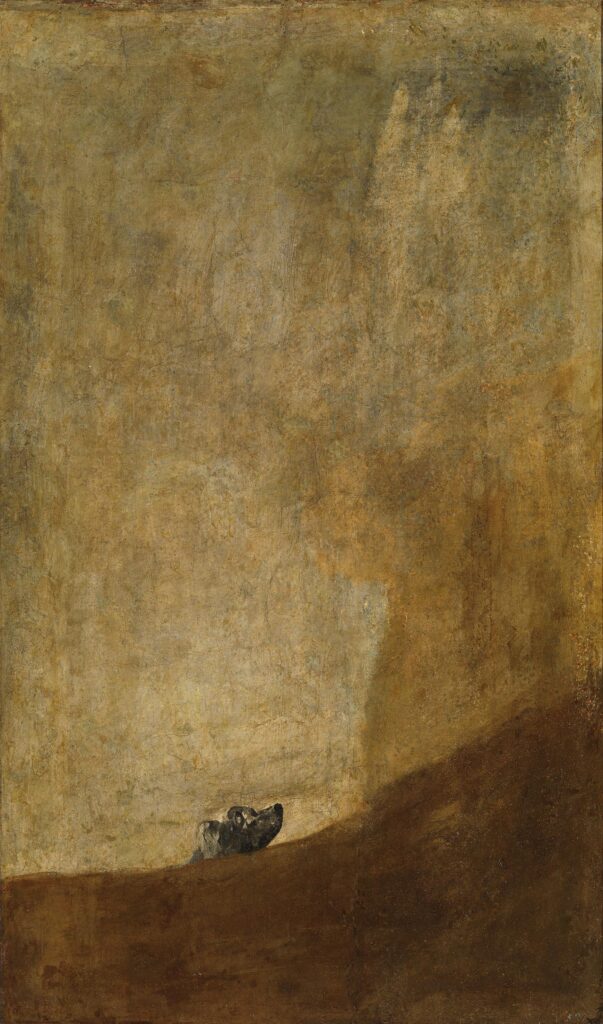
Francisco Goya (1746-1828). He was a bit of a misery-guts, but he depicted the horrors of war like no other artist ever.
William Blake (1757-1827). He was eccentric to the point of madness and singular in his beliefs and he gave us the words to the hymn Jerusalem.
Caspar David Friedrich (1774-1840). You could write him off as just another Romantic, except his symbolism is so deep it’s narrative.
Jean-Auguste-Dominique Ingres (1780-1867). It’s all about the fabric, although I do think Napoleon I on his Imperial Throne is brilliant social commentary.
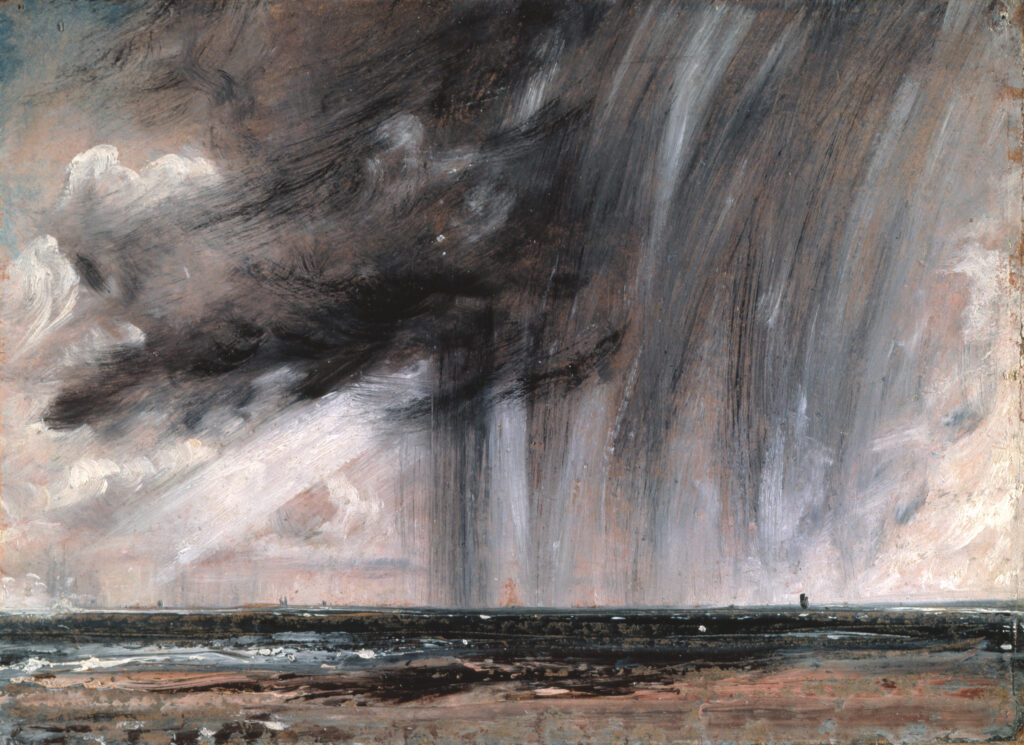
John Constable (1776-1837). He invented plein air, and then went to France and explained it to the Barbizon School. His field studies are as fresh as any modern painter’s.
Frederic Edwin Church (1826-1900). Nobody could build a showstopping theatrical painting like Church.
Édouard Manet (1832-1883). Yes, his social commentary is incisive, but I’m also moved by the little still lives he did while dying.
Winslow Homer (1836-1910). He painted two of my favorite places—the Adirondacks and the Maine coast—and he taught me everything I know about diagonals in composition.
Claude Monet (1840-1926). Everything we know about optics and color can be credited to him.
Jules Bastien-Lepage (1848-1884) I love his Joan of Arc for the way it weaves visions into the landscape, but he also had a real feel for the French peasantry.
Vincent van Gogh (1853-1890). The older I get, the more I appreciate him as a color and brushwork revolutionary. I just wish he could have been happier.
Joaquín Sorolla (1863-1923). He edges past the other two greats of Edwardian-era painting, John Singer Sargent and Anders Zorn. It’s the color of the light.
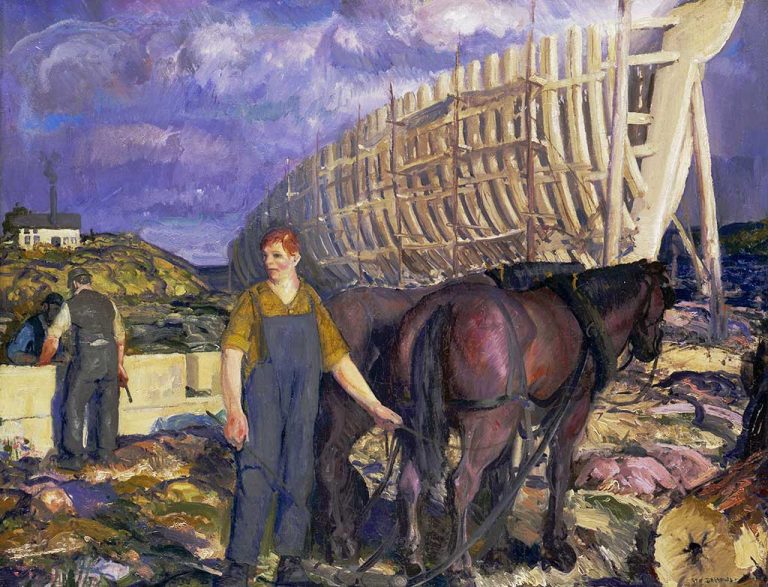
George Bellows (1882-1925). Whether he was painting in New York or on the Maine coast, he was a man of the people. Which is not to downplay the importance of his color or composition.
Arthur Streeton (1867-1943). He’s my favorite of the Heidelberg School painters for his ethereal depictions of the Australian bush.
David Davies, (1864-1939) runs a very close second to Streeton, particularly for his bush nocturnes.
Maynard Dixon (1875-1946) He’s on my list for the way he organizes the chaos and color of the western landscape.
John F. Carlson (1875-1947). His gloomy winter skies, flat landscapes and sweeping woods are a dead giveaway that he grew up in my hometown of Buffalo, NY. Somehow, he manages to make them look good.
Tom Thomson (1877-1917) He treats a subject I love (the woods and water of Ontario) with a raw, vital and uniquely North American version of Impressionism.
Rockwell Kent (1882-1971). He was a brilliant designer, and a painter, printmaker, illustrator, writer, sailor, and adventurer. That’s a life to emulate.
Francis Cadell (1883-1937) is my favorite of the Scottish Colourists, both for his impeccable design and for his light and lovely depictions of Iona.
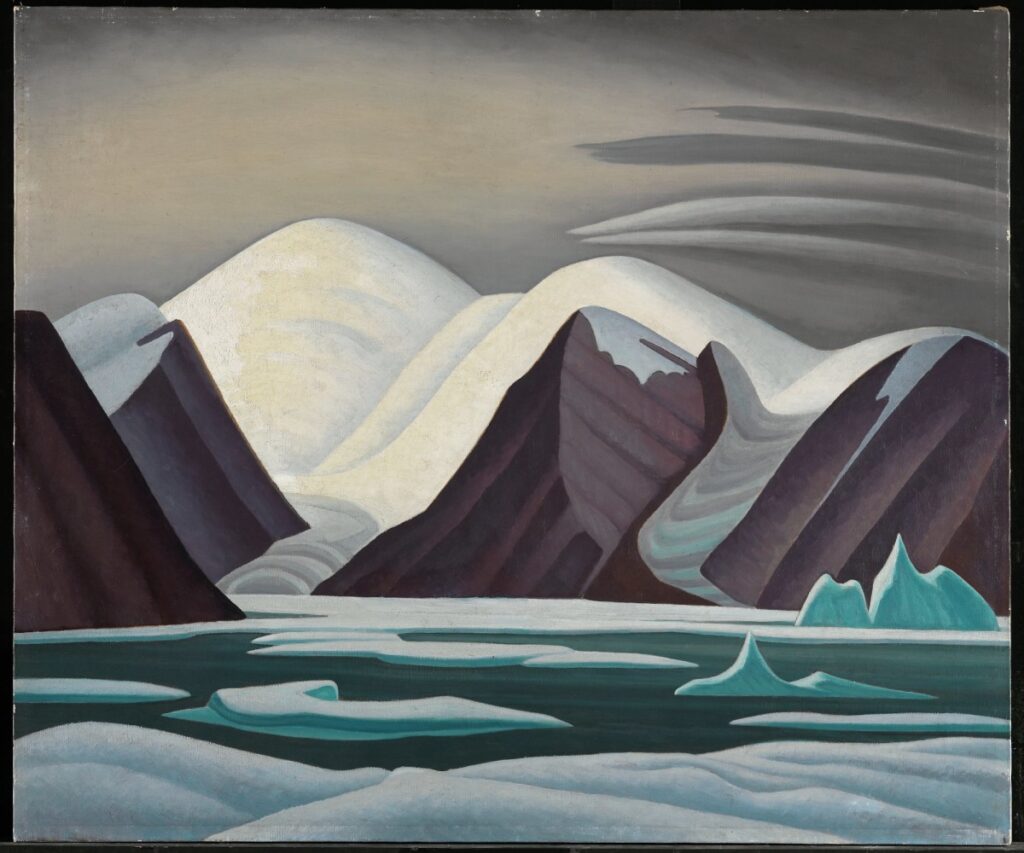
Lawren Harris (1885-1920). Of all the Group of Seven, he’s the one who took the longest stylistic and spiritual journey, and most revered the notion of the Great White North.
Sir Stanley Spencer (1891-1959). He was too soft to protect himself against a designing woman, but his depictions of English life, his Biblical narratives and his paintings for the Sandham Memorial Chapel are all moving.
Clyfford Still (1904-1980). Whether you’re a figurative or abstract painter, you can learn so much about design from him.
Wayne Thiebaud (1920-2021). Everyone knows him for his pies, lipsticks, cakes and hot dogs, but he was a brilliant landscape painter.
Lois Dodd (1927-present). She’s a keen observer who knows how to simplify exactly the right amount. She never gets stuck in the weeds.
What painters have influenced you? Who did I miss on my list? Who would you have never included? And why?
Reserve your spot now for a workshop in 2025:
- Advanced Plein Air Painting, Rockport, ME, July 7-11, 2025.
- Sea and Sky at Acadia National Park, August 3-8, 2025.
- Find Your Authentic Voice in Plein Air, Berkshires, MA, August 11-15, 2025.
- Immersive In-Person Fall Workshop, Rockport, ME, October 6-10, 2025.

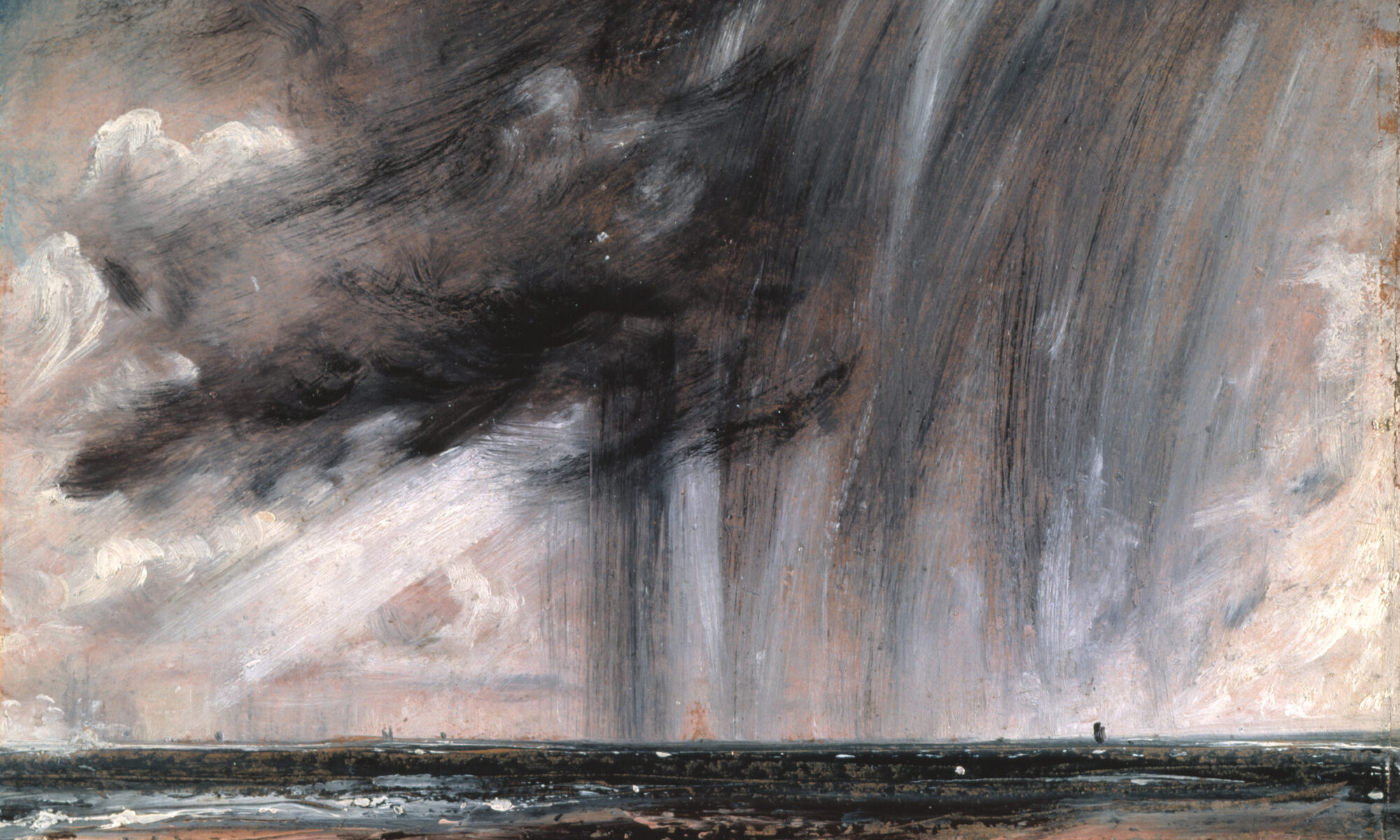
So many of these are my favorites too Carol! What a great list with such wonderful information. I appreciate your work and time delivering such enlightening content!
Hi Carol,
So many great artists to look up! Id say Mary Cassatt and Georgia O’Keefe! But also I am inspired by watercolor paintings from you and other teachers and students i have taken classes with!
ad: Wolf Kahn, Cezanne, Degas, Maxfield Parrish, Frieda. Plus a string of great leaders in workshops including you.
Nice list, I’m surprised that you don’t include Whistler, but glad that you did include Streeton. I’m a little surprised at Davies, I would have added Tom Roberts if including other Aussies. My own list would have started with Giotto and Massacio and had Nicolas de Stael, especially for his later abstract landscapes.
One quibble: I adore Constable, but he did not “invent plein aire” and never went to France, although his paintings found a receptive market there during his lifetime. Most scholars would credit Valenciennes with developing and encouraging painting outdoors directly from nature. Constable was familiar with Valencienne work, as was Thomas Jones, a Welshman who was painting en plein aire in Naples when Constable was still in short pants. If you can get a hold of them without paying a fortune you might want to read “True to Nature: Open-air Painting in Europe 1780-1870” and/or “A Brush with Nature: The Gere Collection of Landscape Oil Sketches”